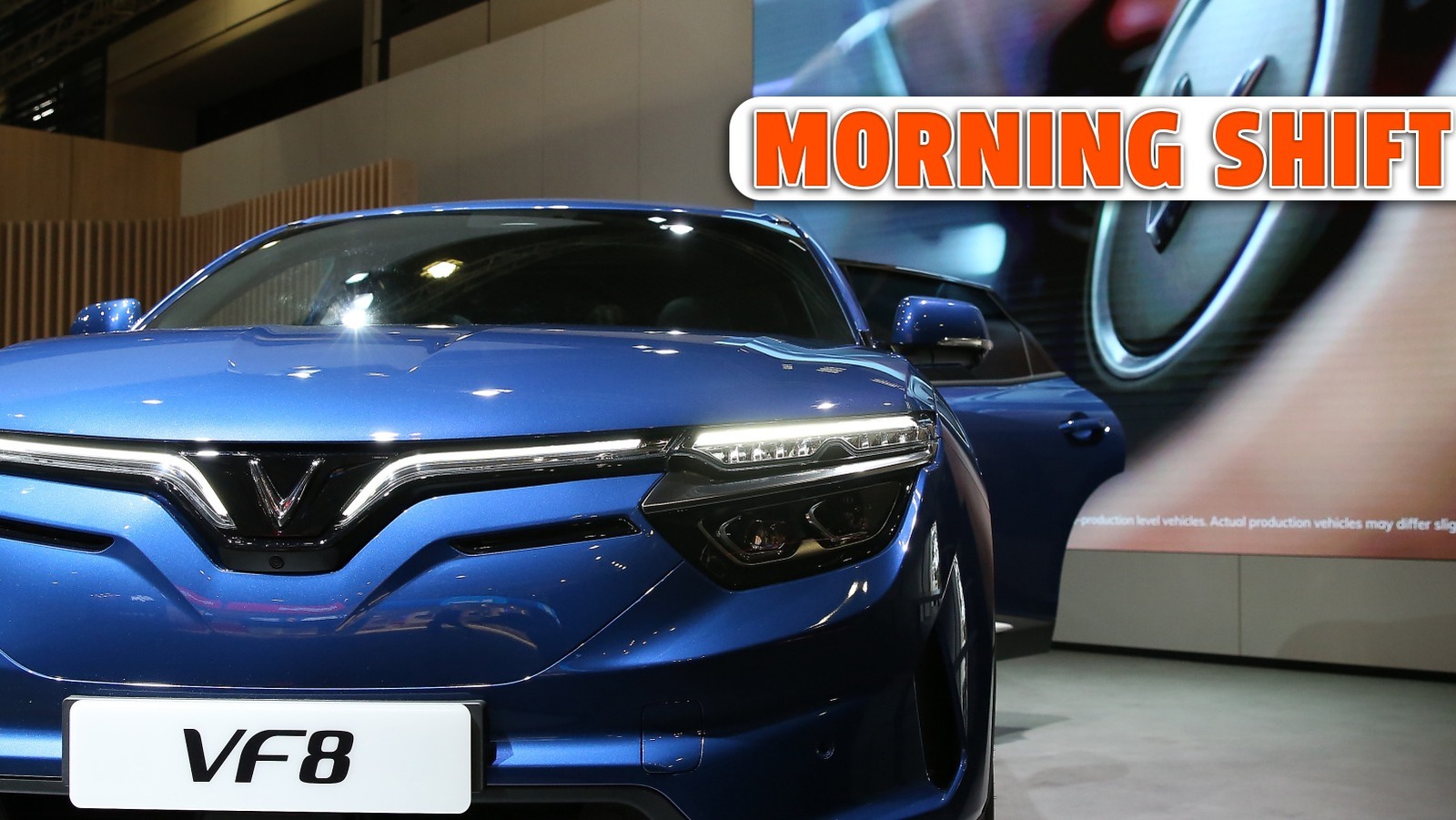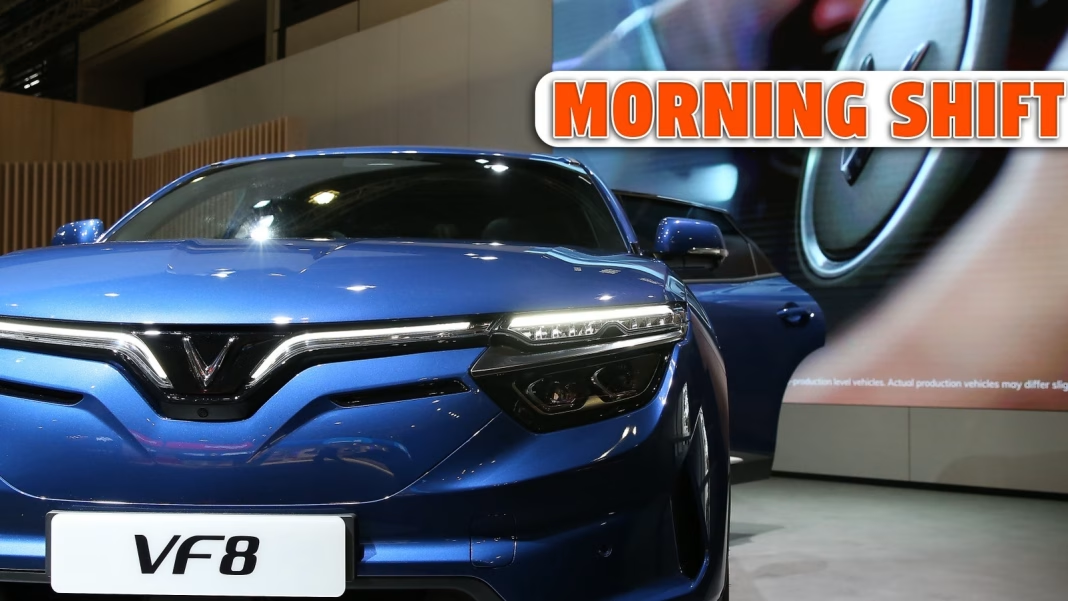Why Did VinFast Struggle to Gain Traction in the U.S. Market?
VinFast, the ambitious Vietnamese automaker, made headlines with its bold entry into the U.S. electric vehicle scene. Yet, if you’ve been following the EV world, you’ve probably noticed their American adventure hasn’t gone as planned. So, what exactly tripped them up?
First, let’s talk about brand recognition. VinFast is a household name in Vietnam, but in the U.S., it’s a different story. Breaking into a market dominated by Tesla, Ford, and General Motors is no small feat. American consumers tend to stick with brands they know and trust—especially when it comes to big-ticket items like cars. According to a 2023 J.D. Power survey, over 70% of U.S. car buyers cited brand familiarity as a top factor in their purchasing decisions.
Then there’s the matter of product fit. VinFast’s initial models, while promising on paper, faced criticism for their driving dynamics and interior quality. Early reviews from outlets like Car and Driver pointed out issues with ride comfort and software glitches. In a market where even established brands are under a microscope, these missteps can be costly.
And let’s not forget the infrastructure challenge. VinFast’s unique battery leasing model, popular in Vietnam, confused many U.S. buyers. Add in a limited dealer network and sparse service centers, and you’ve got a recipe for consumer hesitation.
How Is VinFast Responding to Its U.S. Setback?
Rather than doubling down, VinFast is taking a step back to reassess its strategy. The company has publicly acknowledged that its U.S. rollout didn’t meet expectations—a rare move in an industry where optimism often trumps honesty.
So, what’s next? Insiders suggest VinFast is focusing on refining its vehicles and retooling its approach to the American market. This includes more rigorous quality control, software updates, and possibly a rethink of the battery leasing model. There’s even talk of partnering with established U.S. dealerships to boost consumer confidence and streamline service.
VinFast’s willingness to admit missteps and pivot is notable. In the fast-evolving EV landscape, adaptability often trumps stubbornness. The company’s next moves will be closely watched by both competitors and consumers.
What’s the Latest on GM’s Driverless Car Ambitions?
While VinFast is regrouping, General Motors is gearing up for a comeback in the autonomous vehicle race. After a series of setbacks—including regulatory hurdles and a high-profile incident involving its Cruise robotaxi division—GM is signaling it’s not ready to throw in the towel.
Mary Barra, GM’s CEO, recently reaffirmed the company’s commitment to self-driving technology. According to a 2024 investor call, GM is investing heavily in safety improvements and real-world testing. The company’s Cruise division has resumed limited operations in select cities, focusing on gathering data and rebuilding public trust.
It’s a calculated move. The global autonomous vehicle market is projected to reach $70 billion by 2030, according to Statista. GM’s leadership knows that sitting on the sidelines could mean missing out on a massive opportunity. By prioritizing safety and transparency, GM hopes to regain its footing and, perhaps, set the standard for the industry.
How Do These Shifts Reflect Broader Trends in the Auto Industry?
Both VinFast’s recalibration and GM’s renewed push into driverless tech highlight a broader truth: the auto industry is in a state of constant flux. Consumer preferences are shifting, regulations are tightening, and technology is advancing at breakneck speed.
For new entrants like VinFast, the lesson is clear—success in the U.S. requires more than ambition. It demands a deep understanding of local tastes, robust support networks, and the humility to learn from early mistakes. For legacy players like GM, the path forward means balancing innovation with caution, especially when public safety is at stake.
What Should Consumers and Industry Watchers Expect Next?
If you’re a car buyer or just an industry observer, expect more twists and turns ahead. VinFast’s next steps could set the tone for other international brands eyeing the U.S. market. Meanwhile, GM’s progress with autonomous vehicles will likely influence regulatory frameworks and public perception for years to come.
The big takeaway? Navigating the future of mobility isn’t about perfection—it’s about smarter adjustments. Start with one change this week, and you’ll likely spot the difference by month’s end.


